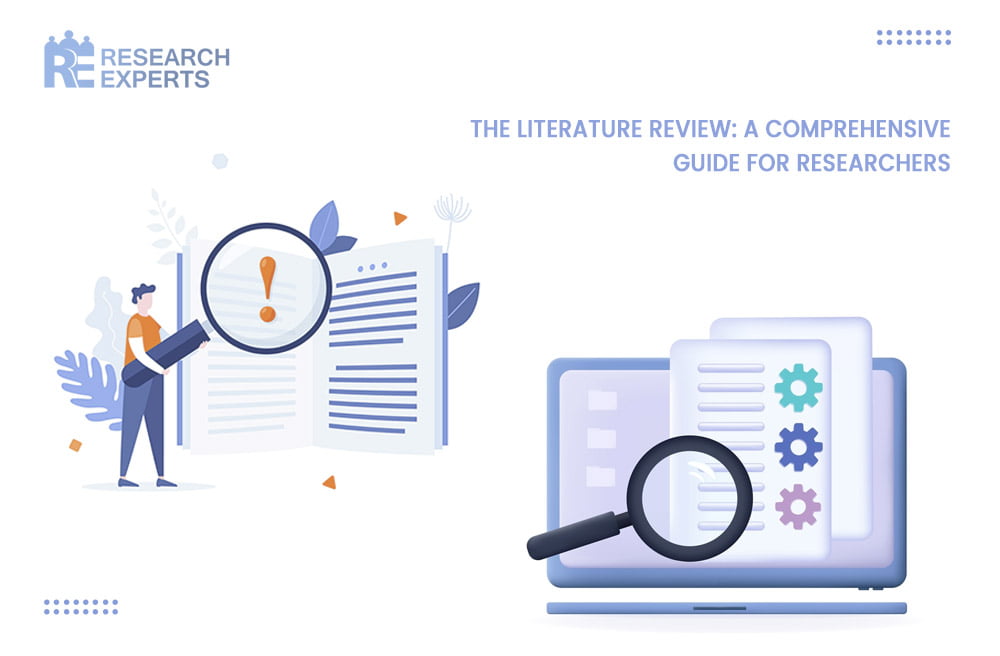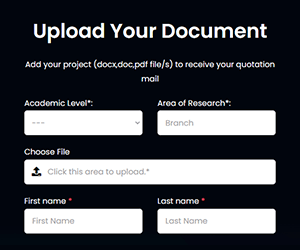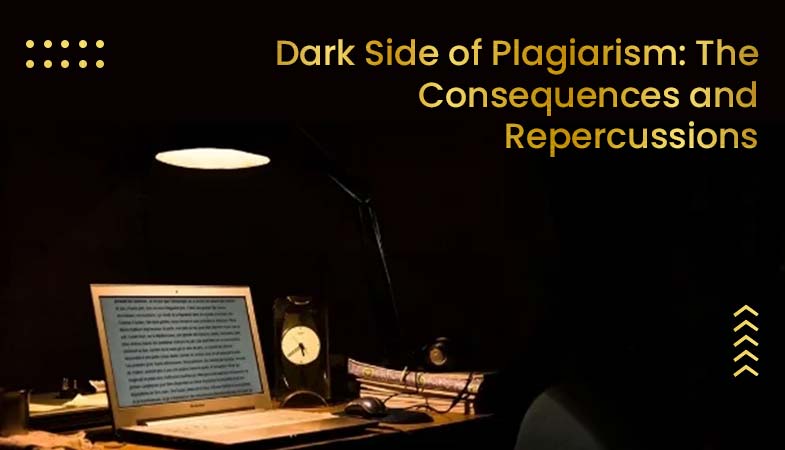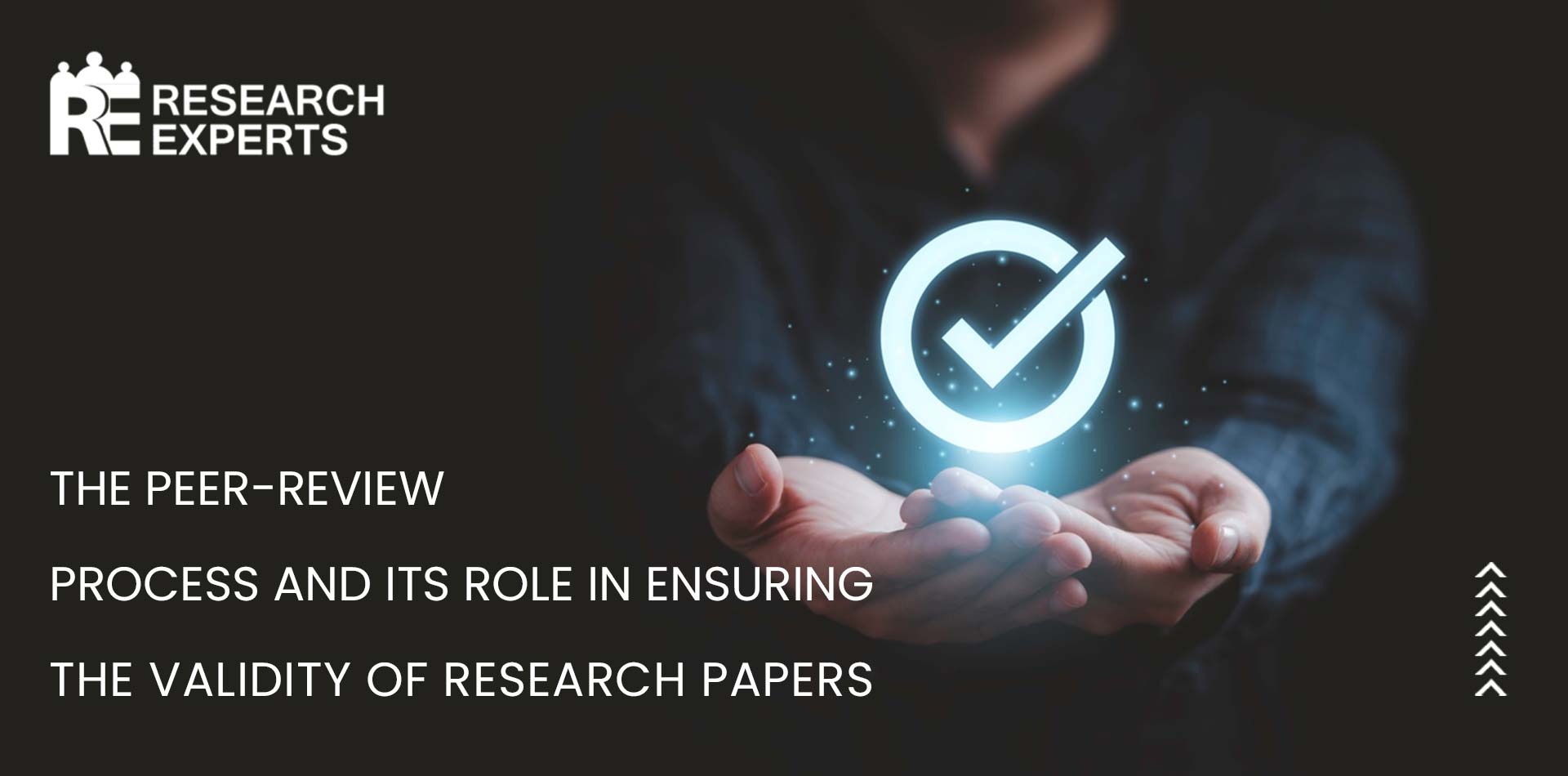
Literature Review: A Comprehensive Guide for Researchers
Literature Review: A Comprehensive Guide for Researchers – A literature review is an important aspect of any research project since it gives an in-depth summary of the information that is already known about a certain subject. It is generally included in the opening portion of a research paper or thesis and serves numerous key goals. Learn about Literature Review: A Comprehensive Guide For Researchers in this article.
A guide for researchers
- A literature review’s primary goals are to identify where more study is needed and to evaluate how much is already known about a subject. To do this, one must first conduct an extensive search of the relevant literature, which includes scholarly articles, books, and conference proceedings. In order to provide a thorough grasp of the issue at hand, the literature review should draw from a broad variety of primary and secondary sources.
- In addition to identifying gaps in the existing research, a literature review also helps to provide a rationale for the current study. By highlighting the need for further research in a particular area, a literature review helps to justify the importance and relevance of the current study. This is especially important in fields where there is a large amount of existing research, as it helps to demonstrate how the current study contributes to the existing body of knowledge.
- The literature review should also be well-organized and clearly written to help the reader understand the importance and relevance of the current study. It should be divided into sections that focus on specific themes or subtopics related to the main research question. Within each section, the literature should be discussed in a clear and concise manner, highlighting the key findings and conclusions of each study.
- When conducting a literature review, it is important to critically evaluate the sources that are included. This involves assessing the quality of the research, including the methodology used, the sample size, and the statistical analyses that were conducted. It also involves considering the potential biases and limitations of the studies that are included. By critically evaluating the literature, the researcher can identify the strengths and weaknesses of the existing research and use this information to inform the design and methodology of the current study.
- Finally, it is important to note that a literature review is an ongoing process. As new research is published, the literature review should be updated to reflect the most recent findings. This is especially important in fields where new discoveries and advancements are frequently made.
Conclusion
Finally, a research study would be incomplete without a literature review, which is a summary of all the previous work done on the subject. It evaluates the present level of knowledge, points out where further research is needed and explains why this particular study is warranted. For the reader to understand the significance and applicability of the present research, the literature review must be well-structured, clear-written, and critically reviewed. Last but not least, it is a continual process that must be revised to include new information.








